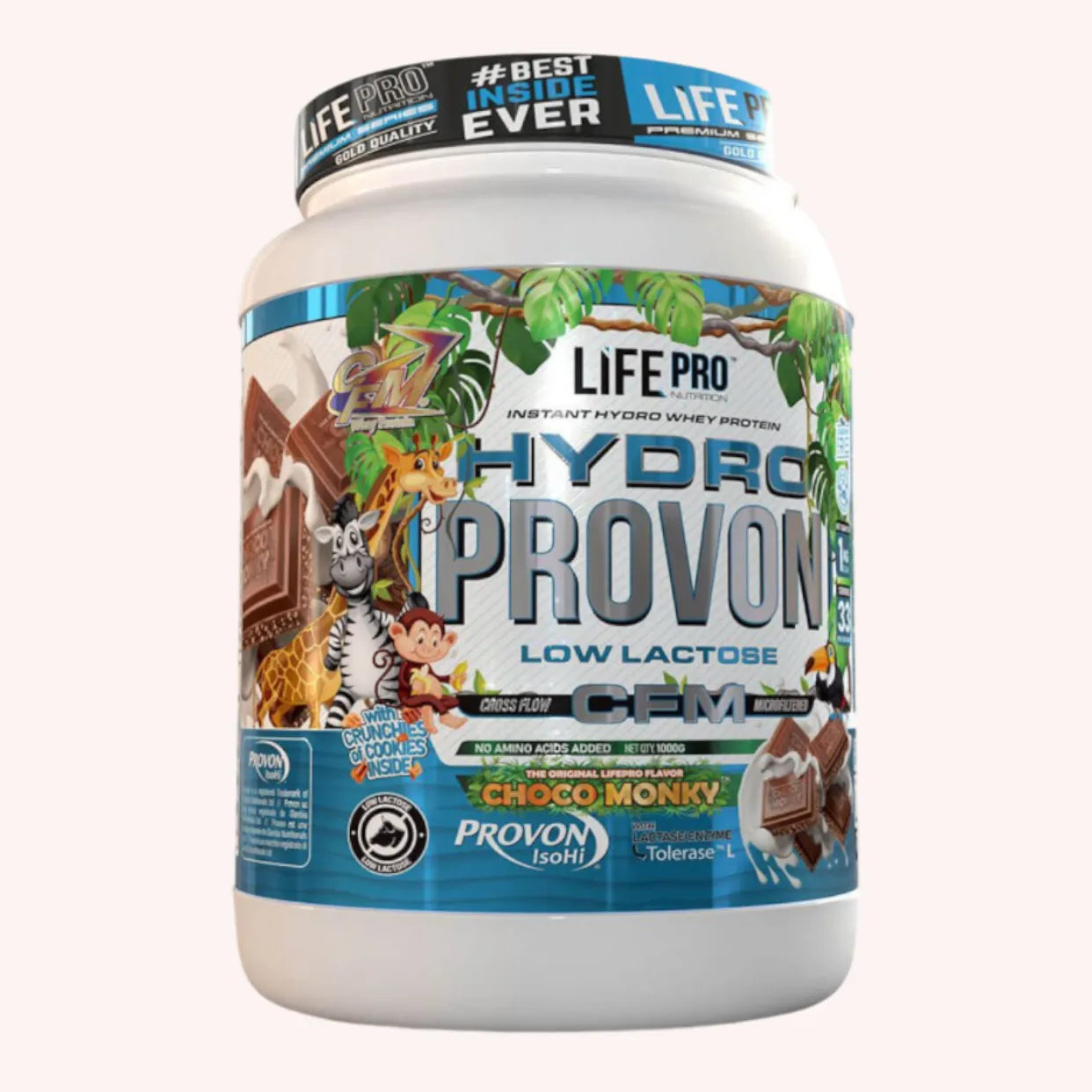If you're looking for a workout method that allows you to work all of your body's muscles in a single session, then full-body training is for you. Whether you're a beginner or an experienced athlete, this type of program can be adapted to your needs and quickly improve your fitness.
What exactly is full-body?
As the name suggests, full body is a complete workout that targets all of your muscles in a single session. It's less demanding than a half-body or full-body program and can be adapted for beginners as well as more experienced athletes.
Full body workouts offer several advantages over other strength training methods:
A complete workout
You thus engage all the main muscle groups, which promotes harmonious and balanced development of your physique.
Rapid progress
Working each muscle more frequently helps accelerate exercise progression and quickly improve performance.
Better recovery
Since the sessions are shorter than in programs where each muscle group is worked in isolation, it is generally possible to recover more quickly between two workouts.
Save time
Full body training is often considered a particularly suitable training method for people with little time to devote to weight training . By targeting all muscle groups in a single session , it becomes possible to reduce the number of weekly sessions while maintaining optimal effectiveness.
Muscle balance
One of the risks of weight training is developing muscle imbalance, especially if certain muscle groups are worked more intensely than others. Full-body training helps prevent this by offering a balanced program that focuses on all of the body's muscles.
Development of coordination
Full-body exercises typically involve complex movements that engage multiple muscle groups simultaneously. This approach promotes the development of coordination and proprioception, or the body's spatial awareness.
The objectives of full body
The objectives of full body can be multiple:
- Improved overall fitness: A full-body workout strengthens all of your muscles, which contributes to overall fitness improvement.
- Strength Development: Working all of the body's muscles allows you to gradually increase your muscular strength.
- Weight loss or muscle gain: Depending on the intensity and frequency of the sessions, full body can help burn calories and thus promote weight loss, or on the contrary contribute to muscle mass gain.
The key principles of a full body workout
To design a full body weight training session, it is essential to respect a few fundamental principles:
Choose polyarticular exercises
These are exercises that engage multiple muscles at once, allowing for effective work with a limited number of movements. Examples of multi-joint exercises include squats, deadlifts, bench presses, barbell rows, military presses, and pull-ups.
Vary the stimuli
In order to maximize progress and avoid stagnation, it is important to regularly vary the exercises, the loads used and the work intensities during the different sessions.
Manage volume and intensity
When working out in full body, it's important not to overdo it, both in terms of volume and intensity. It's recommended to perform between 3 and 5 sets per exercise, with weights adapted to your level and sufficient rest periods (approximately 2 minutes between each set).
Don't neglect warming up
Before starting your session, remember to warm up thoroughly to prepare your muscles and joints for the workout. You can start with a few minutes of cardio (cycling, treadmill) and then perform movements specific to the exercises planned for your session.
The advantages of full-body
Full-body training offers many benefits for those looking to build muscle or simply improve their overall fitness. These benefits include:
- Save time: By working all your muscles in one session, you don't need to dedicate several days a week to strength training. Two or three sessions are enough to achieve good results.
- Better consistency: With a full-body program, it's easier to avoid muscle imbalances and maintain consistent progress. Each session works all of your muscles, reducing the risk of neglecting certain areas.
- Easier recovery: By using all the muscles in each workout, you leave several days of rest between each session, which allows for better recovery and therefore faster progress.
- A beginner-friendly workout: Full-body training can be implemented very easily for people who are not used to training regularly or who lack strength training experience. It offers a structured framework and simple exercises.
The limits of full-body
While full-body training has many benefits, it's important to remember that it doesn't allow you to work muscles from different angles or perform specific exercises for certain body parts. Most exercises are multi-joint, meaning they target all muscle groups.
Comparison with the split routine
Unlike full-body training, there's the split routine method, which is a type of targeted strength training program where you train specific muscle groups during each session. So, rather than working your entire body at once, you divide your sessions according to muscle groups (for example: Chest/Back/Shoulders one day, Legs/Arms another day).
The split routine allows you to work each muscle from different angles and perform more specific exercises. It can be useful for those with specific goals or for experienced athletes looking to improve their performance.
Also read: Which muscles should you work together?
Perform an effective full body session
To fully reap the benefits of full-body training, it's essential to plan your sessions carefully and choose exercises that are suited to your level and goals. Here are some tips for setting up an effective full-body workout:
- Vary your exercises: To avoid boredom and maintain consistent progress, remember to regularly vary the exercises you include in your program. For example, you can change the order of movements, change the grip type (wide, narrow, etc.), or opt for variations of the same exercise.
- Respect an appropriate rest period: Between each set, take the time you need to recover, without overdoing it. This rest period will depend on your goals and the weights used. Generally, it is recommended to rest for about 1 to 2 minutes for strength exercises and 30 seconds to 1 minute for endurance exercises.
- Pay attention to technique and safety: As with any sport, it's essential to perform movements correctly and follow safety guidelines. Don't try to lift too heavy at the expense of technique, and don't hesitate to seek professional advice if necessary.
- Progress steadily: To continue to progress and improve your performance, it is important to regularly increase the workload and/or the number of repetitions during each session. This progression can be gradual (increasing the weights every month), or more rapid, depending on your abilities and how you feel.
Example of a full body weight training session
To help you design your own full-body workout program, here's a sample workout suitable for beginners:
- Squat: 4 sets of 8-12 reps
- Bench press: 4 sets of 8-12 reps
- Wide-grip front pull-ups: 4 sets of 8-12 reps
- Dumbbell Row: 4 sets of 8-12 reps
- Straight Bar Bicep Curl: 3 sets of 10-15 reps
- High Pulley Triceps Extension: 3 sets of 10-15 reps
Adapting full body to your goals
Full body is a training method that can be adapted to suit your goals. For example:
- To build muscle: You can gradually increase the weights and training volume while paying attention to the intensity.
- To lose weight: Full-body training can be supplemented with cardio sessions to burn more calories and promote fat loss.
- To build strength: It may be a good idea to incorporate specific, heavier exercises to work on short sets (1 to 5 repetitions).
Full Body: In Summary
Finally, it's important to listen to your body and adapt recovery times based on your abilities and needs. Don't hesitate to consult a fitness or bodybuilding professional for personalized support and to optimize your results with full-body training.










